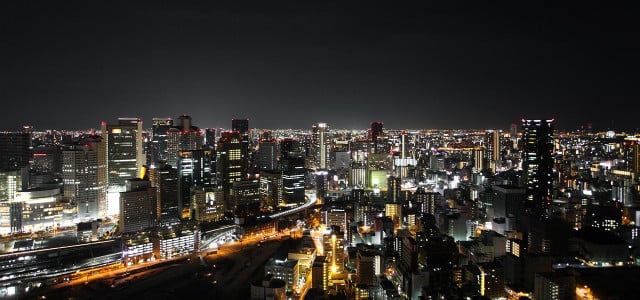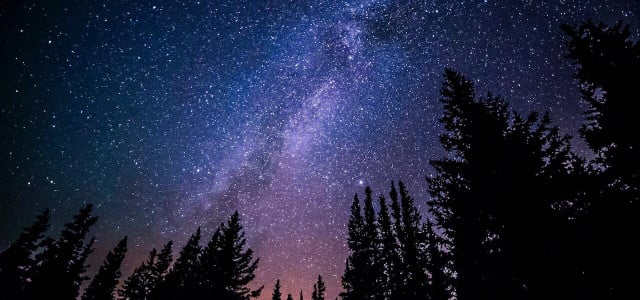What is light pollution? Discover more about this problematic practice and learn various methods you can use to help reduce light pollution in your area.
What is light pollution? You may have heard the term used before, but have been uncertain about its meaning. Light pollution is excessive or misdirected artificial light that can have adverse effects on humans, wildlife, and the natural world. It is caused by various sources, such as streetlights, buildings, and illuminated signs. The consequences of light pollution are widespread, including disrupting the natural patterns of animals, affecting human health, and wasting energy.
As a result, there is a growing awareness of the importance of mitigating light pollution, and efforts are being made to find solutions that balance the need for artificial light with the need to preserve the environment.
What is Light Pollution?
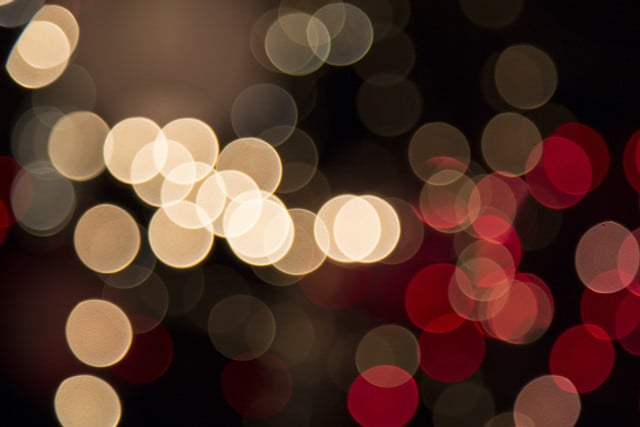
As showcased in environmental research, light pollution refers to the inappropriate or excessive use of artificial light, which has serious environmental consequences for wildlife and our climate. It is a form of pollution that is caused by the increasing and widespread use of artificial light at night.
Light pollution has dramatically increased over the past century due to the widespread use of artificial light sources. The development of electric lighting in the late 1800s and early 1900s marked the beginning of the modern era of light pollution. Initially, the use of artificial lighting was limited to urban areas, but it rapidly spread to rural areas and beyond.
In fact, in the last 12 years alone, scientists have noticed that due to light pollution, our view of the night sky gets 10% dimmer year after year. The growth of urbanization, population, and economic development has further exacerbated the problem.
Today, light pollution is a global issue that affects the majority of the world’s population, and it continues to worsen as technology advances and societies become more reliant on artificial light. However, there is a growing movement to combat light pollution and raise awareness of its environmental impacts.
Light Pollution Causes
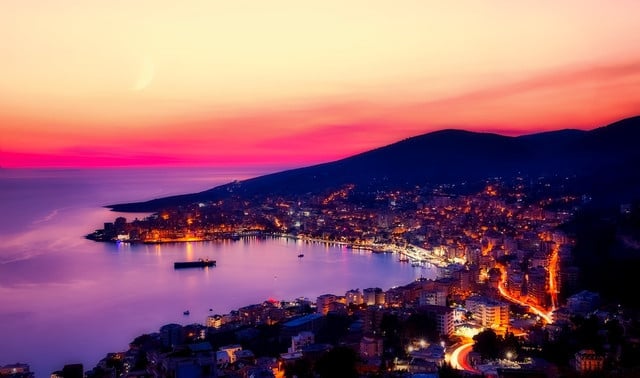


Sources of light pollution include building exterior and interior lighting, advertising, factories, cars, streetlights, and illuminated venues. The fact is that much outdoor lighting used at night is inefficient, overly bright, poorly targeted, improperly shielded, and, in many cases, completely unnecessary. Components of light pollution include:
- Glare: This refers to excessive brightness that causes visual discomfort. It can occur when bright light sources are not properly shielded or directed, or when light reflects off of surfaces and causes visual discomfort, making it difficult to see. Glare can cause temporary visual impairment, discomfort, and even permanent damage in extreme cases.
- Skyglow: This is the brightening of the night sky over inhabited areas. It occurs when artificial light reflects and scatters off particles in the atmosphere, creating a diffuse glow that obscures the stars and constellations. Skyglow can make it difficult to see astronomical events such as meteor showers and eclipses and can disrupt the natural sleep schedule and patterns of both humans and animals.
- Light trespass: This occurs when light from a property spills over into areas where it is not intended or needed. For example, a streetlight that is too bright or not properly shielded can shine into nearby homes and disturb the sleep of residents. Light trespass can also affect nocturnal animals and disrupt their natural behavior patterns.
- Clutter: This refers to bright, confusing, and excessive groupings of light sources, such as those found in cities or along highways. This can create a confusing visual environment for drivers, making it difficult to focus on important details such as road signs and traffic signals. Clutter can also be visually distracting and make it difficult to see objects in the night sky.
The Environmental Impact of Too Much Light



Light pollution has significant environmental impacts, affecting animals’ daily rhythms, seasonality, and behavior, as well as their navigation and foraging abilities. Research shows the increase in light pollution, especially the emission of short-wavelength light, affects not only human but also animal health by disrupting their body clocks and resulting in immune and physiological system malfunctions. We can also see several other effects on wildlife where light pollution is problematic:
Aquatic life
Fish rely on the vertical migration of zooplankton for their foraging. Zooplanktons, which are small aquatic microorganisms, typically move toward the surface of the water during the night time to feed on phytoplankton, and then migrate back down during the daytime to avoid predation. Fish, in turn, follow this movement and feed on zooplankton as they migrate upwards during nighttime. However, light pollution can disrupt this natural behavior of zooplankton, causing them not to migrate upwards and thereby reducing the availability of food for fish. This disruption of the food chain can ultimately impact the entire aquatic ecosystem.
Nocturnal animals
Likewise, night animals, such as insect-eating bat species, are also strongly affected by light pollution. This is because they are attracted to short-wavelength illumination, such as the kind used in many public places. The insects are drawn to these light sources and cluster close to them, and the bats follow these clusters to feed.
This can lead to changes in the spatial distribution of the prey, which can have negative impacts on the bat species that rely on them for food. Bat species that have specialized sonar apparatus have an advantage when foraging in open areas under dark conditions, but become less advantageous when preying on insects concentrated close to blue light sources. As a result, insectivore bat species, which have an important role in pest control, can be threatened by light pollution, and conservation efforts are being made to protect them.
Plants
We also see that light pollution has been shown in studies to disrupt the timing of flowering and leaf-out in plants, which can have significant consequences for plant reproduction and interactions with other organisms in the ecosystem.
The study found that light pollution can cause plants to delay their seasonal growth and development, which can lead to a mismatch between the timing of plants’ natural and seasonal cycles and the availability of pollinators and other important interactions. This could lead to reduced seed production and, ultimately, decreased plant fitness. Additionally, light pollution can alter the composition of plant communities by favoring some species over others.
Overall, light pollution poses a threat to wildlife and ecosystem health in many ways, and efforts must be made to mitigate its effects.
Are There Any Solutions to Light Pollution?
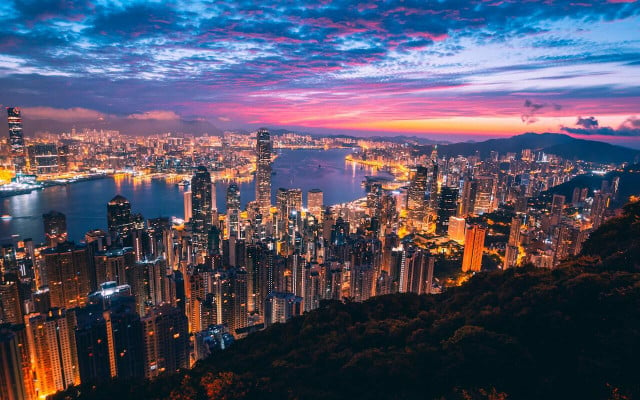


There are several potential solutions to light pollution that have been proposed by researchers and environmental organizations. According to a report by the International Dark-Sky Association, one of the most effective solutions is to simply use less light.
This can be achieved through the use of more efficient lighting systems, such as LEDs, which can reduce energy consumption and light pollution simultaneously. Additionally, outdoor lighting fixtures can be shielded or directed downwards to minimize their impact on the night sky.
Public education and awareness campaigns, such as National Dark-Sky Week, can also encourage individuals and communities to reduce light pollution by turning off unnecessary lights. Finally, research highlights legislation and regulation of outdoor lighting can be implemented, as seen in several states in the US, to limit the amount of light emitted by outdoor lighting fixtures.
Read more:
- The Top 5 Human Activities That Contribute to Air Pollution
- Are Fireworks Bad for the Environment?
- Why Do Birds Chirp at Night?
Do you like this post?






